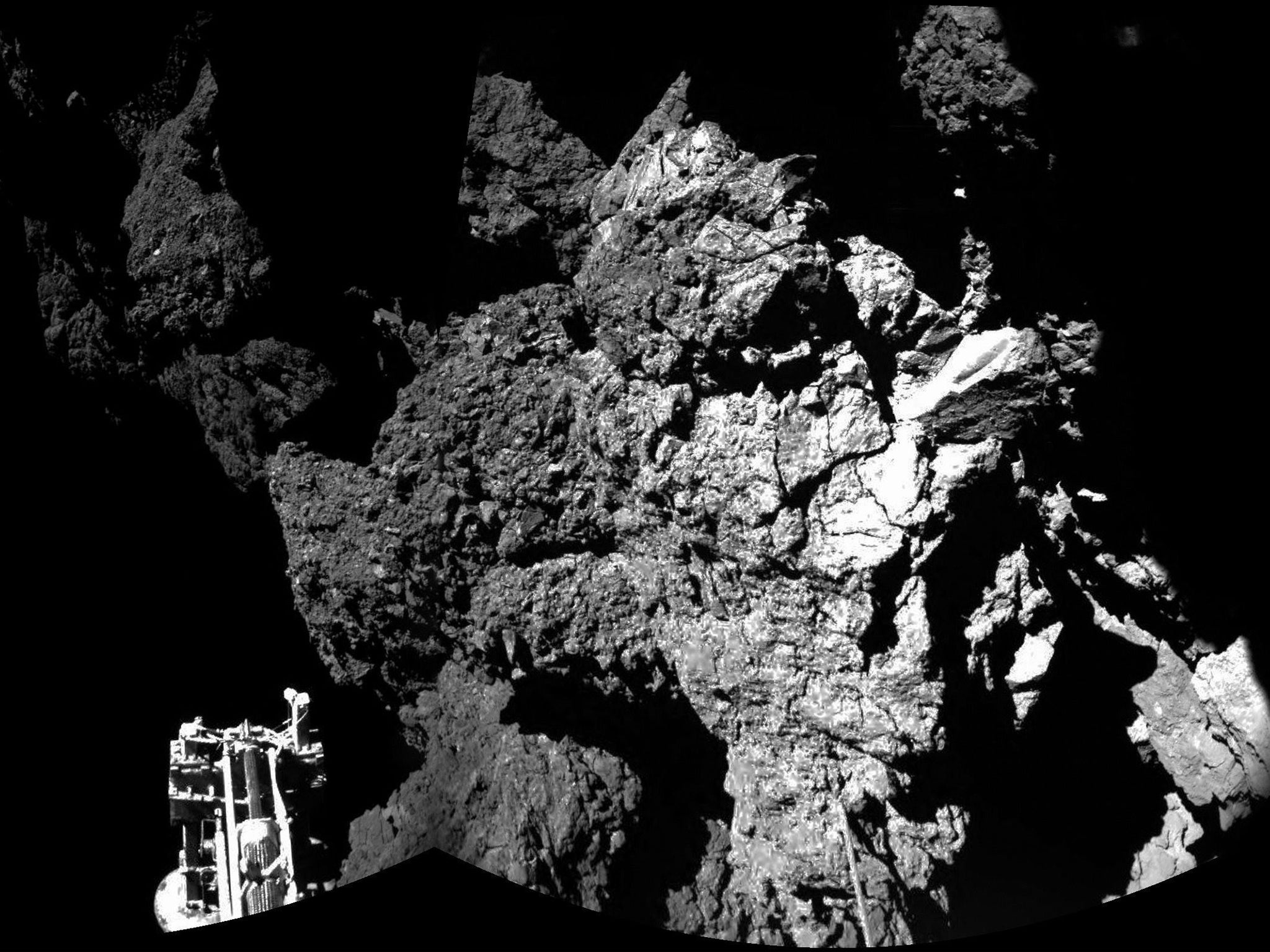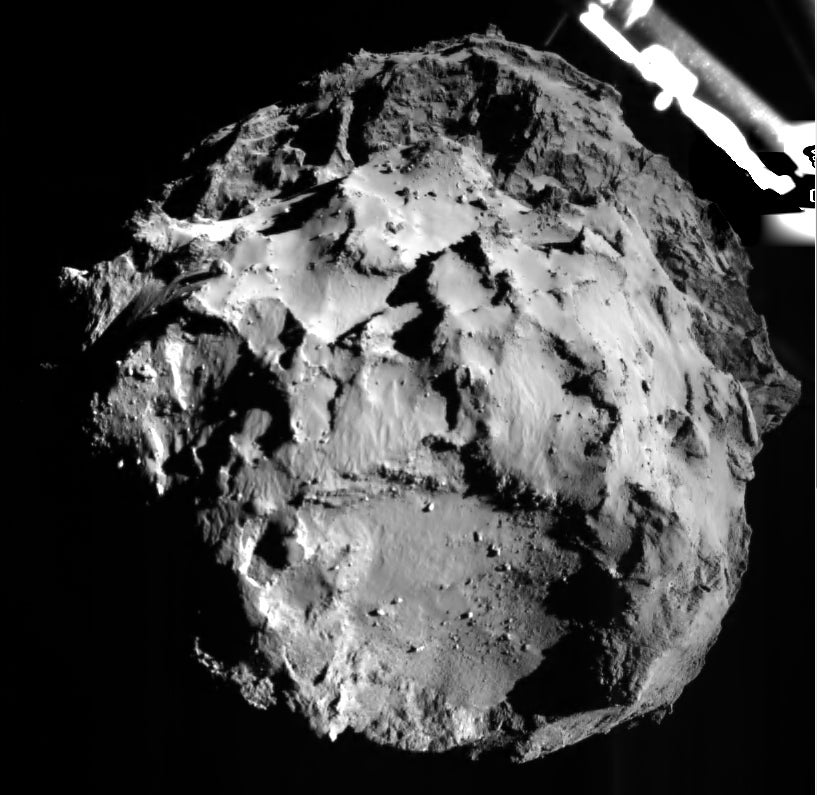Rosetta mission: Philae probe's power may revive as comet travels nearer to sun
The ESA will have to wait until the comet travels nearer the sun after the first attempt to recharge using sunlight appeared to have failed

Your support helps us to tell the story
From reproductive rights to climate change to Big Tech, The Independent is on the ground when the story is developing. Whether it's investigating the financials of Elon Musk's pro-Trump PAC or producing our latest documentary, 'The A Word', which shines a light on the American women fighting for reproductive rights, we know how important it is to parse out the facts from the messaging.
At such a critical moment in US history, we need reporters on the ground. Your donation allows us to keep sending journalists to speak to both sides of the story.
The Independent is trusted by Americans across the entire political spectrum. And unlike many other quality news outlets, we choose not to lock Americans out of our reporting and analysis with paywalls. We believe quality journalism should be available to everyone, paid for by those who can afford it.
Your support makes all the difference.The Philae comet lander may have gone into a long silence after depleting its batteries – but there remains a sliver of hope for the Rosetta probe scientists.
Scientists at the European Space Agency (ESA) hope that by manoeuvring the lander into the sun it may be able to partially recharge its batteries and communicate with the ground team once again.
However, after an initial attempt appeared to have failed as of 10am this morning, scientists hope that as the comet travels closer to the sun more sunlight may reach the lander, allowing them to resume contact.
Writing on the ESA’s blog, Stephen Ulamec, lander manager at the DLR German Aerospace Agency, said: “We still hope that at a later stage of the mission, perhaps when we are nearer to the Sun, that we might have enough solar illumination to wake up the lander and re-establish communication”.
ESA Rosetta Mission later tweeted: “S’ok Philae, I’ve got it from here for now. Rest well…”.
However, scientists were quick to expound the overall success of the mission lander after 57 hours - out of an anticipated 64 hours of battery - on Comet 67P/Churyumov-Gerasimenko.
“It has been a huge success, the whole team is delighted,” said Stephan, who monitored Philae’s progress from ESA’s Space Operations Centre in Darmstadt, Germany, this week.
“Despite the unplanned series of three touchdowns, all of our instruments could be operated and now it’s time to see what we’ve got.”
Philae landed on the comet, on Thursday after a 10-year journey on board the Rosetta probe, bouncing twice on arrival and jeopardising the entire mission.

Fortunately, the bounce appeared to do minimal damage and since successfully alighting the lander has returned all of its “housekeeping data”. It also returned science data from the targeted instruments and detailed photographs that scientists are currently studying.
Fred Jansen, ESA’s Rosetta mission manager, says, “At the end of this amazing rollercoaster week, we look back on a successful first-ever soft-landing on a comet.
“This was a truly historic moment for ESA and its partners.”
Join our commenting forum
Join thought-provoking conversations, follow other Independent readers and see their replies
Comments